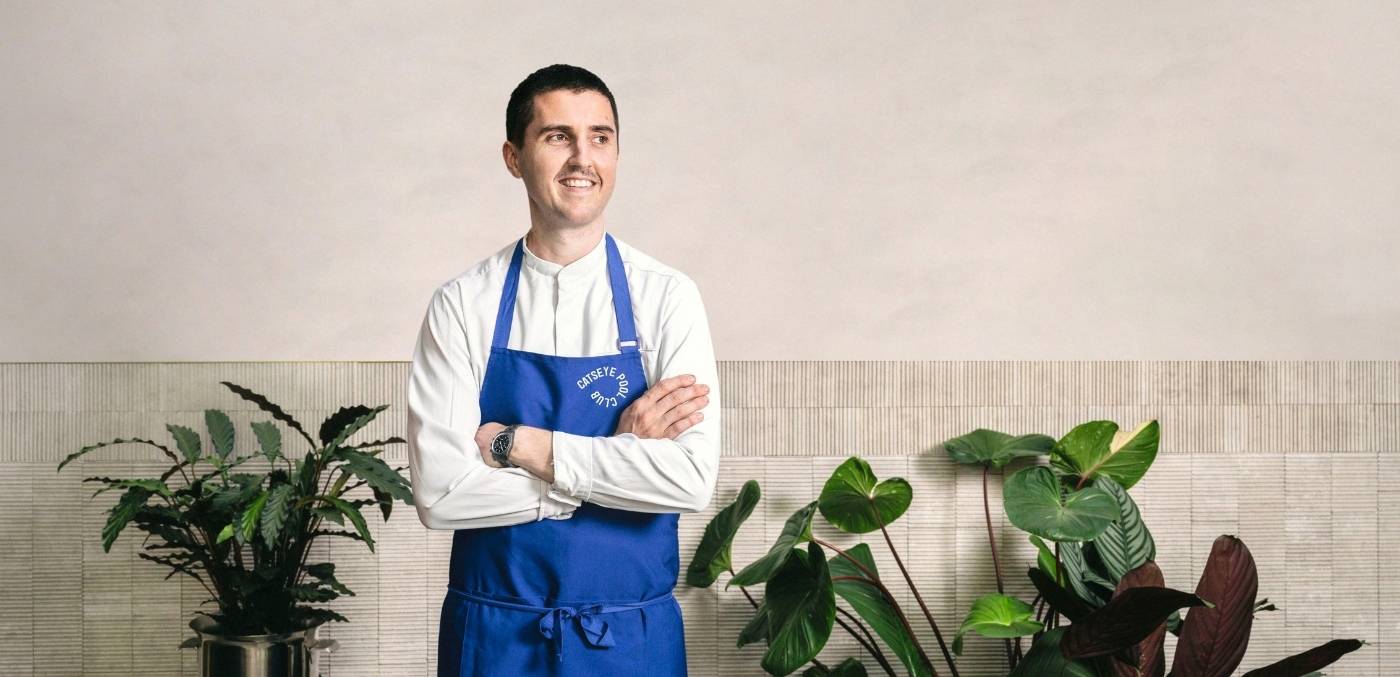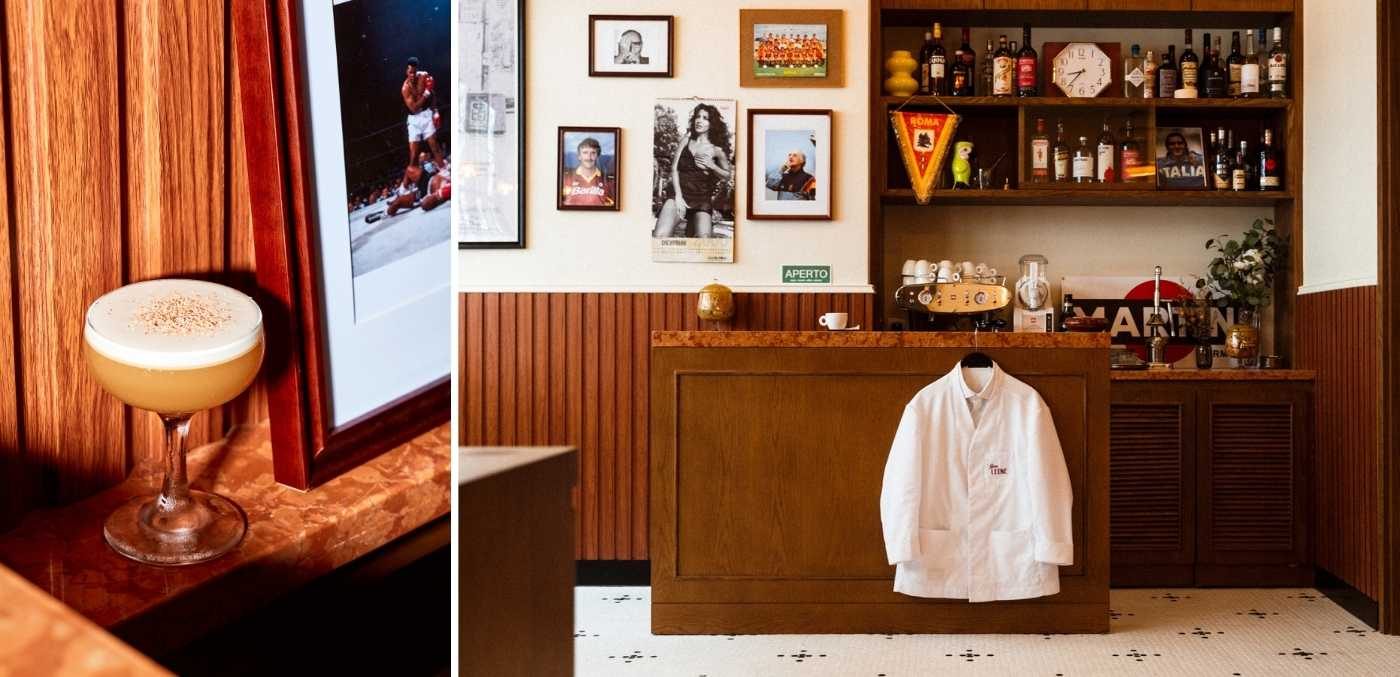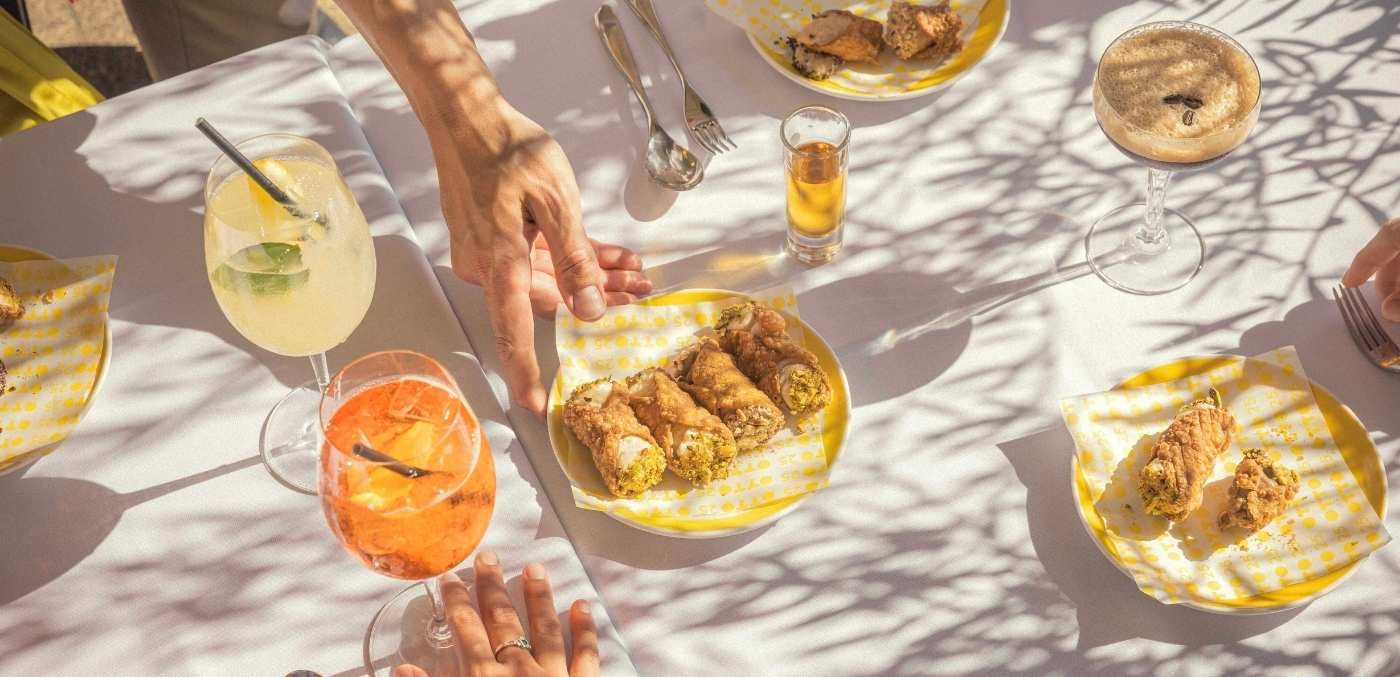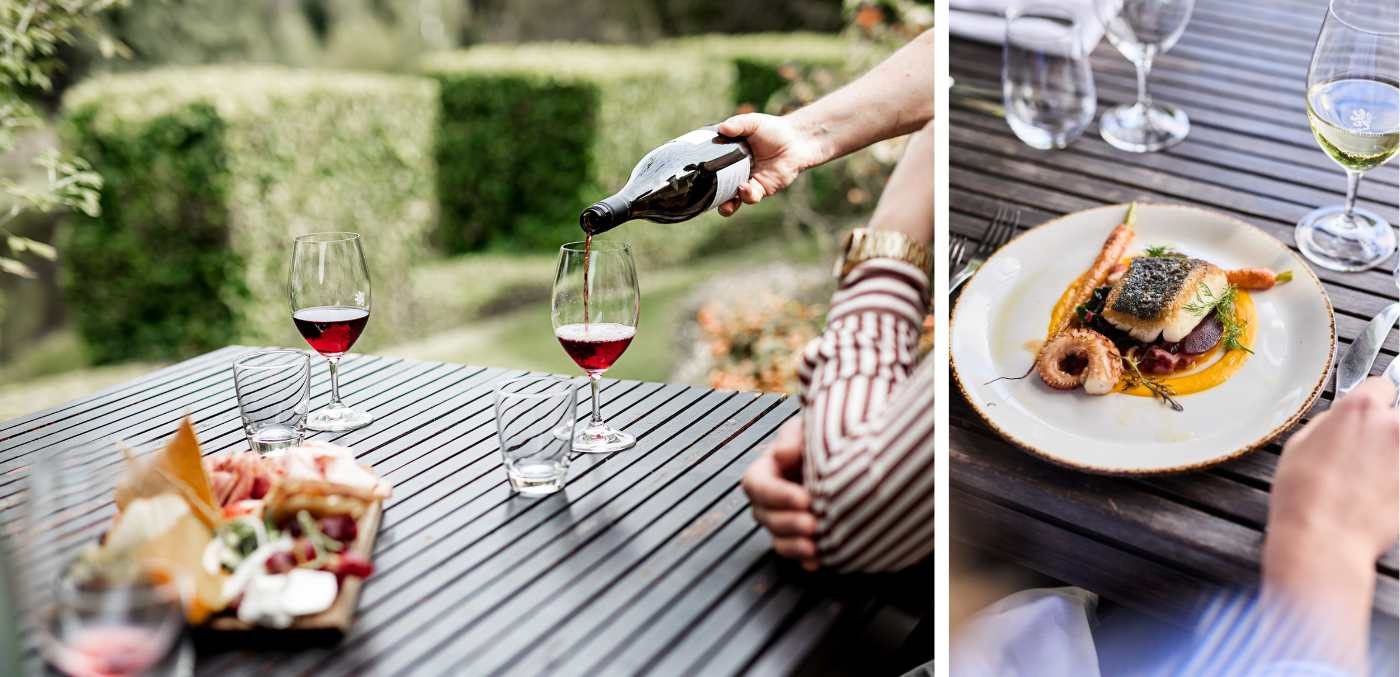Pioneer of scale-to-tail seafood cooking, chef-restaurateur Josh Niland explains his waste-not-want-not culinary philosophy – and why fresh isn’t always best.
By Christian Barker
“Luxury has long been associated with waste: using only the ‘prime cut’ of leather or silk – or beef or fish. But that’s changing. True luxury now lies in knowledge – knowing where your food comes from, who prepared it, and the intentionality behind its use.” So says Josh Niland, the acclaimed Australian chef behind Saint Peter at the Grand National and Fish Butchery in Sydney, Fysh restaurant at the Edition Hotel in Singapore, and the new Catseye Pool Club at The Sundays hotel on Hamilton Island, which opened this year.
An absentminded moment as a young cook laid the foundation for this empire – and led to Niland finding his calling as an evangelist of dry-aged, gill-to-fin cuisine. Early in his career, while working at a renowned seafood restaurant in London, Niland left a hunk of fish uncovered in the cool room overnight, which was rapidly dried out by the fridge’s fans. He cooked it up the next day and was blown away by the richness and nuance of the fillet’s flavour. Intrigued, Niland began developing his signature technique of dry ageing fish, which he has now finetuned through years of trial and error.
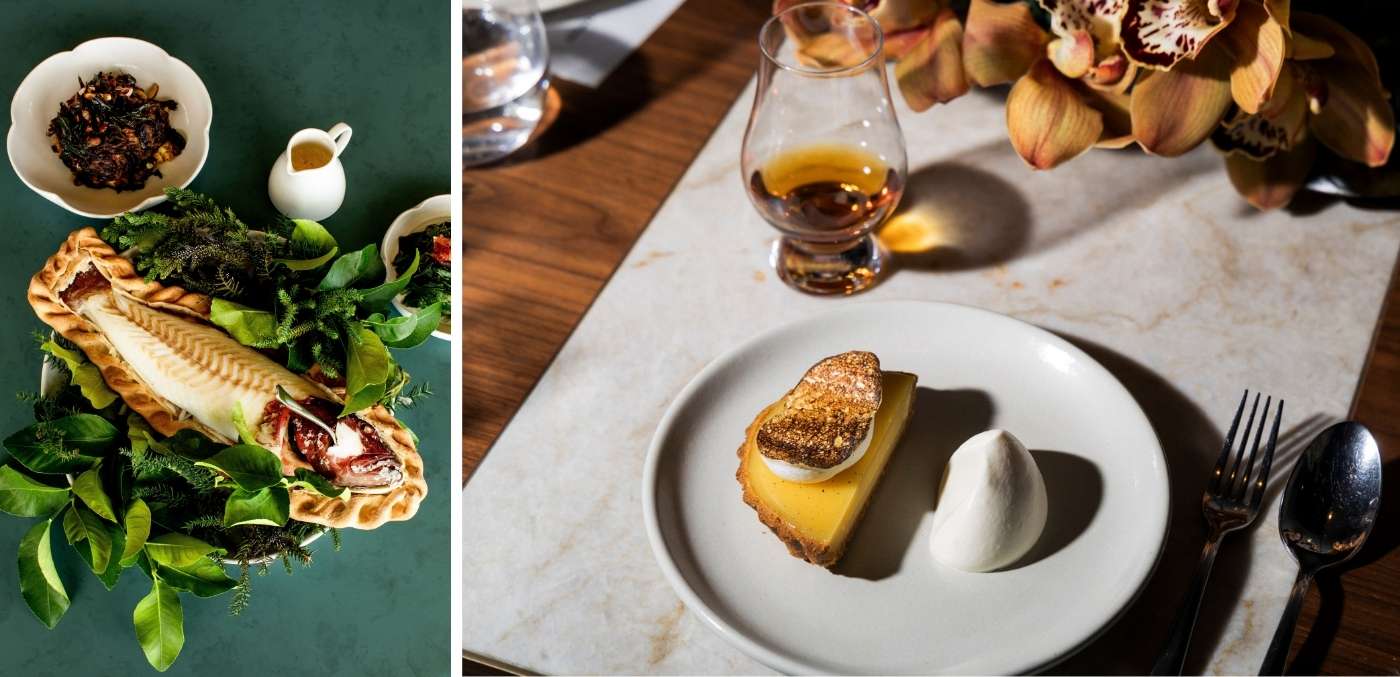
A scale-to-tail seafood philosophy
This ongoing experimentation is detailed in Niland’s best-selling scale-to-tail seafood instruction manual, The Whole Fish Cookbook. Early in the book, he remarks, “’Fresh is best’ seems to be the most overused statement when it comes to fish.” In conversation, Niland cites this quote and elaborates, “Freshness is critical, yes, but it’s not the whole story. Small fish, like anchovies or bonito, are excellent at the point of capture. But larger fish like tuna, swordfish or grouper can actually improve days or even weeks after being caught.”
This intentional ageing process removes moisture and unlocks savoury notes, textures and layers of flavour that weren’t present when the animal was first caught. (Niland reckons most people like eating fresh-caught fish because it’s almost bereft of flavour, much like steak that hasn’t been properly aged.) “Day four with a tuna is amazing. Day 12, even better. Day 15 or 20… each moment brings something new,” Niland says. “It’s not about neglecting the fish; it’s about knowing when it’s at its peak.”
For Josh Niland, this knowledge isn’t just beneficial from a culinary angle, but also, from economic and environmental standpoints. “As a small business owner, that means the ticking time bomb of a fish going bad in four days? That’s not pressing anymore.” In fact, part of Niland’s initial inspiration for whole-fish cooking was a desire to break from the common practice of restaurant kitchens binning fish once it’s a few days old, or discarding between half and two-thirds of the carcass when extracting only fillets. “You can get an extraordinary product on a plate, but also then have the ability to put the rest of it into another dish, into another formula,” Niland believes. It’s a theory he and his team test with every service.
“We’re maximising yield – 95 per cent yield should be the new normal,” Niland explains, giving a number double the industry standard. “That way, instead of taking two fish out of the water, we only need one.” Aside from the sustainability factor, the bottom line of this approach means the restaurateur (or home cook) is no longer throwing substantial sums of money away.

Food with an original concept
Josh Niland’s restaurants demonstrate this waste-not-want-not philosophy at every touchpoint. Plates made from fish bones, oyster platters crafted from recycled shells, martinis washed with cod fat, terrines of fish head, fish blood black pudding, and ice cream made from fish eyes all reflect a deep commitment to using every part of the creature. “It’s a big matrix in my brain,” Niland says. “Once you decide to cut into a product, whether it’s a fish or a carrot, you have to ask, what do you do with the rest? It might cost more to apply labour to those parts, but that’s where the luxury sits: in intelligence, creativity, and innovation.”
The current Father’s Day menu at Saint Peter – a pairing with Tamdhu whisky, running from 24 August through 7 September – is a case in point. “To justify serving you such an obnoxious cylinder of yellowfin tuna in the tuna Wellington main course, then we have to find a home for everything that got chopped up and cut away,” Niland says. He explains that a 45kg tuna, dry-aged for 14 days, will form the basis of the entire meal. Its loin will be used for the tuna tartare appetiser, while what Niland calls the “proper sundries, secondary cuts” (such as the lateral swimming muscle and assorted sinews) are minced and fermented into a spicy ’nduja to flavour the entrée, a pseudo noodle made of calamari.
In addition to making the most of every gram of produce (and every dollar spent), Niland says success operating a restaurant – or any business, really – hinges on the ability to grip it and rip it. “If you’re not willing to make decisions, good or bad, then you’re going to get stuck pretty quickly. You’ll limit your own growth and potential by not being able to make a call.” As a boss, Niland says, “Decision-making is one of the hardest things you’ll have to do, because you don’t know which way the coin’s going to land. Sometimes it’s great, other times it’s really bad. And you’ve got to live with both.”

Josh Niland’s advice for aspiring chefs
His advice to young cooks who want to one day make a go of it as a chef-patron? “Stop waiting. Start planning now. Start reading books about leadership, business, economics. When you’re an apprentice or a young cook on the line, just trying to keep up, start thinking about what your future looks like. I don’t think cooks ever give themselves the freedom to imagine life beyond cooking the next steak.”
Instead of this short-term thinking, he says young chefs should adopt the mindset of a high-level athlete, acutely conscious their peak performance period is finite. “Plan for the future,” Niland counsels. “You can’t stand at the stove for 35 hours over the course of two days forever.”
Running the business in unison with his wife Julie, a fellow chef who today serves as the firm’s CEO, Niland says he’s blessed to have found a partner in business and life who complements his strengths and weaknesses. “I hate computers, I hate numbers,” Niland laughs. “Julie’s phenomenal with money, management, accounts – she’s amazing at all of that. She gives me the freedom to be creative and lets my brain stay immersed in people, face-to-face leadership moments, the boots-on-the-ground stuff I do day-to-day.”
Running their wholly owned businesses independently, Niland says, “We’ve been lucky not to need partners, which has given us the creative momentum to keep doing our own thing. Because I don’t think many partners would’ve thought it was a good idea to dry-age fish – or make ice cream out of fish eyes. They’d say, ‘Can we just do normal?’ So yeah, we’ve been lucky to make our own decisions. With that comes flaws, failures, mess-ups. We didn’t always get it right. But we did it together.”
Read more:
The latest in dining news around the world
The official list of the world’s most beautiful restaurants is here
This article is a Signature Luxury Travel & Style digital exclusive.
Be the first to see more exclusive online content by subscribing to the enewsletter below.






